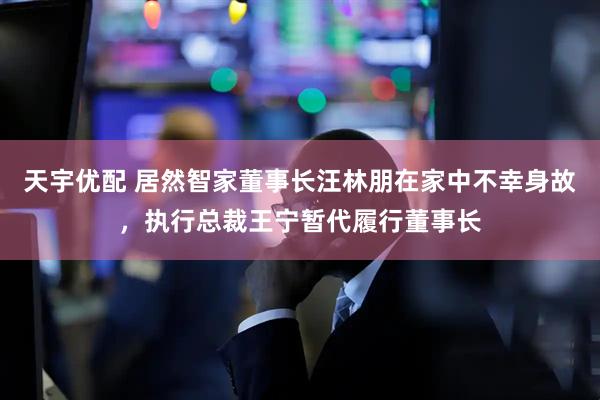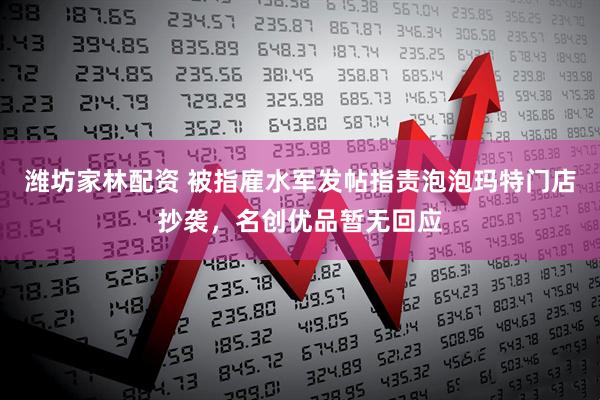牛盛配资 The competitiveness of Korean cosmetic export to Southeast Asia_market_How_brand

前言:本文转摘于V信公众号“金品化妆品供应链”原创文章,未经允许,禁止转摘。
Preface: This article is reprinted from the original article of the wechat public account“金品化妆品供应链”. Reprinting is prohibited without permission.
When discussing the topic of "How competitive is it to build one's own Korean brand through OEM production of cosmetics in South Korea and then import them to Southeast Asian countries?", I first need to know the growth data of the cosmetics market in Southeast Asian domestic countries, followed by the data of imported cosmetics, and then the data of imported cosmetics from South Korea. Is this data increasing or decreasing year by year? From this, it can be concluded that the market expansion ability of this Korean cosmetic in the domestic market, the loyalty of the brand audience, and the degree of infiltration of Korean culture.
展开剩余87%The reason for analyzing this topic is mainly that there is a group of business owners, not limited to local entrepreneurs, or those engaged in cross-border e-commerce, or even those who are starting to expand into international markets. They need to understand the competitiveness of their own country, and this is also to understand the competitiveness of other countries. Especially entrepreneurs who are optimistic about the South Korean cosmetics sector. This method can also be applied to the strategic analysis of other geographical brand markets.
The reason for incorporating cultural infiltration is actually the recognition of one country's humanistic culture by another, thereby accepting the product design concepts of that country. The cultural symbols that come with the product can easily be brought into the minds of consumers. Next, I will take Malaysia as an example.
Let's take a look first. According to the data survey, the cosmetics market size in Malaysia is approximately 1 billion US dollars in 2024, and the annual growth rate of the market in 2024 is expected to be 5% to 7%. The compound annual growth rate (CAGR) in the medium and long term (2024-2028) is expected to be 3.05%. In 2024 alone, South Korea's cosmetics exports to Malaysia were approximately 120 million US dollars, ranking third in Malaysia's cosmetics import market share (only after Chinese, European and American brands), accounting for about 12% of the total. It indicates a conclusion that Korean cosmetics have a certain market share and a certain audience in Malaysia. We consider whether the market share of this South Korean cosmetics in Malaysia is in a positive growth rate or a negative growth rate, so as to determine whether this represents the explosive power and potential of the aftermarket.
Let's take a look at another data report: The export situation of South Korea to Malaysia. The growth rate compared to 2023 was not directly disclosed, but the total global cosmetics exports of South Korea increased by 20.6% year-on-year. The overall growth in Southeast Asia (including Malaysia) was significant (for example, exports to Singapore increased by 28.1%). Judging from the overall growth rate, South Korean cosmetics will continue to export to Malaysia in the future and increase their market share to a certain extent, indicating that this market is promising and has a certain potential for explosive growth.
Let's compare another set of data: Considering the overall growth of South Korea's exports to Southeast Asia (Vietnam +8%, Thailand +17.1%) and the openness of the Malaysian market, it is estimated that the average annual growth rate of South Korea's exports to Malaysia is approximately 10% to 15% (higher than the overall market CAGR of 3.05%). From the perspective of growth rate, it can be seen that in fact, the consumer market in Malaysia is relatively satisfied with Korean cosmetics and the aesthetic sense of Korean culture. And have a certain degree of acceptance of Korean cosmetics. The feasibility of continuous in-depth cultivation and accumulation is of great reference significance for a new South Korean brand or a new competing South Korean brand to enter the Malaysian market.
But this is not an absolutely certain event. Because South Korean cosmetic brands rank third in their home country of Malaysia, they still have to deal with the competition from the top two, such as Chinese and European and American brands. Take a look at a set of data comparisons of Chinese cosmetics exports to Malaysia:
China's exports to Malaysia have increased to 31.1% over the past five years (reaching 186 million US dollars in 2024), indicating that another reason is that Malaysian consumers are not averse to Chinese products made in China and have a certain recognition of Chinese manufacturing and quality. And it uses a certain degree of good quality and low price as a price competition to challenge market share.
Here, on the contrary. South Korea excels in cultural marketing. They do not have a definite advantage in terms of price, and the same is true for products of European and American brands. However, European and American brands occupy the high-end market share. To open up the Malaysian market, another approach can be adopted: halal certification.
As a high-potential market in Southeast Asia, Malaysia's future growth will rely on halal compliance, localization strategies and digital channels. Korean brands have an advantage through cultural export and certification layout, but they need to deal with price competition from Chinese enterprises (such as a 31.1% increase in China's export volume over five years). When it comes to the topic of "How competitive is it to build your own Korean brand by OEM manufacturing cosmetics in South Korea and then import them to Southeast Asian countries?", the entire train of thought has already expanded a lot. It has certain reference significance for the subsequent work.
中韩日化美妆跨国代工供应链专家;
Experts in OEM manufacturing for cosmetics in China, and South Korea.
打造进口品牌,日韩本土品牌,差异化跨境电商品牌模型打法,亚马逊TK欧美东南亚市场爆款策划;
韩国本土OEM代工(Korean Llocal OEM customization)
韩国原产地证明(Korean Certificate of Origin);
Data source Reference source: "Research Report on the Current Market Situation and Development Prospect Analysis of the Global and Chinese Cosmetics Industry from 2025 to 2030", "Malaysia Industry Report Report, official announcement of KOTRA (Korea Trade-Investment Promotion Agency), annual report of the Ministry of Food and Drug Safety (MFDS) of South Korea, General Administration of Customs of China and industry statistical report
发布于:广东省万生优配提示:文章来自网络,不代表本站观点。










